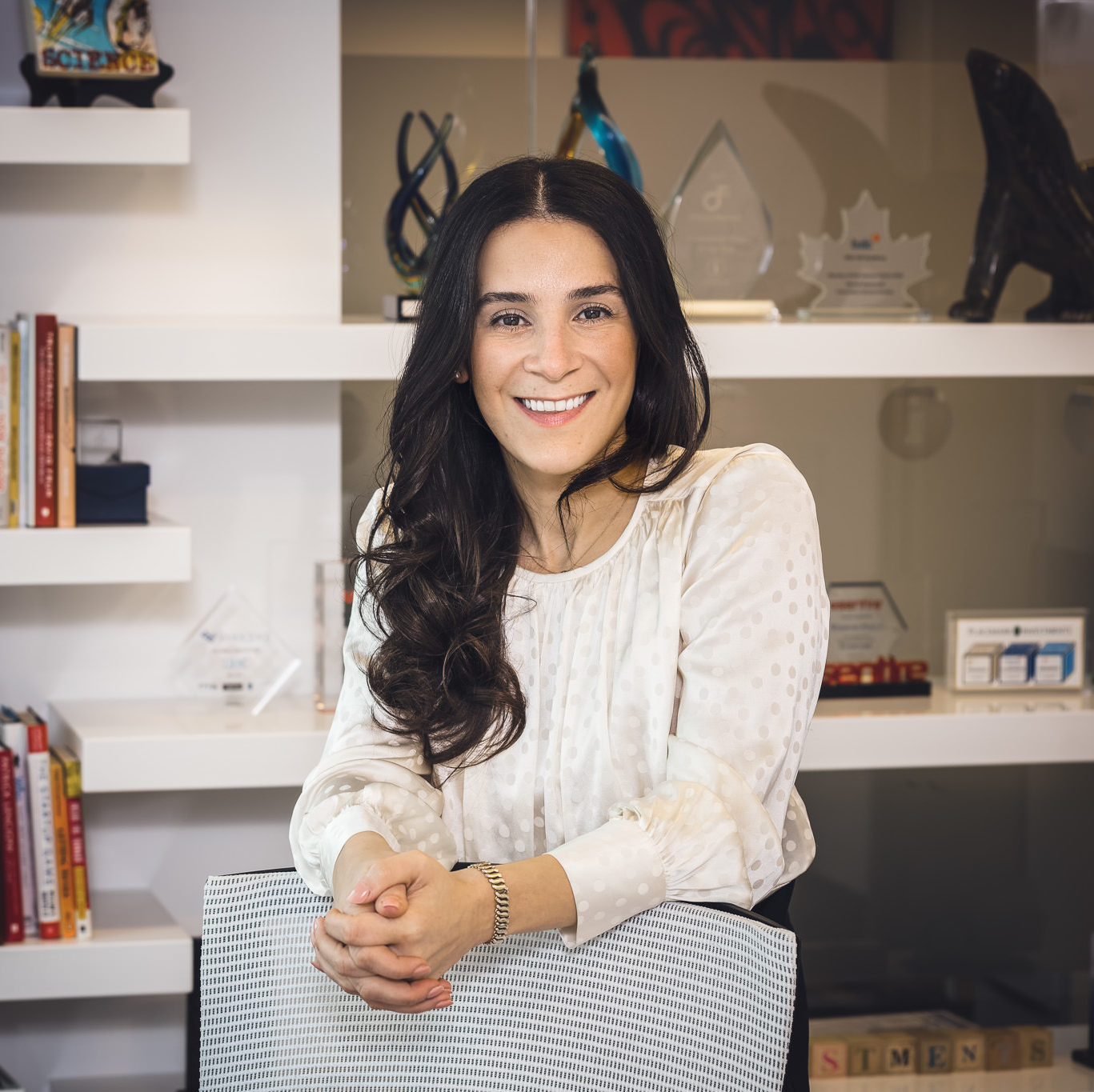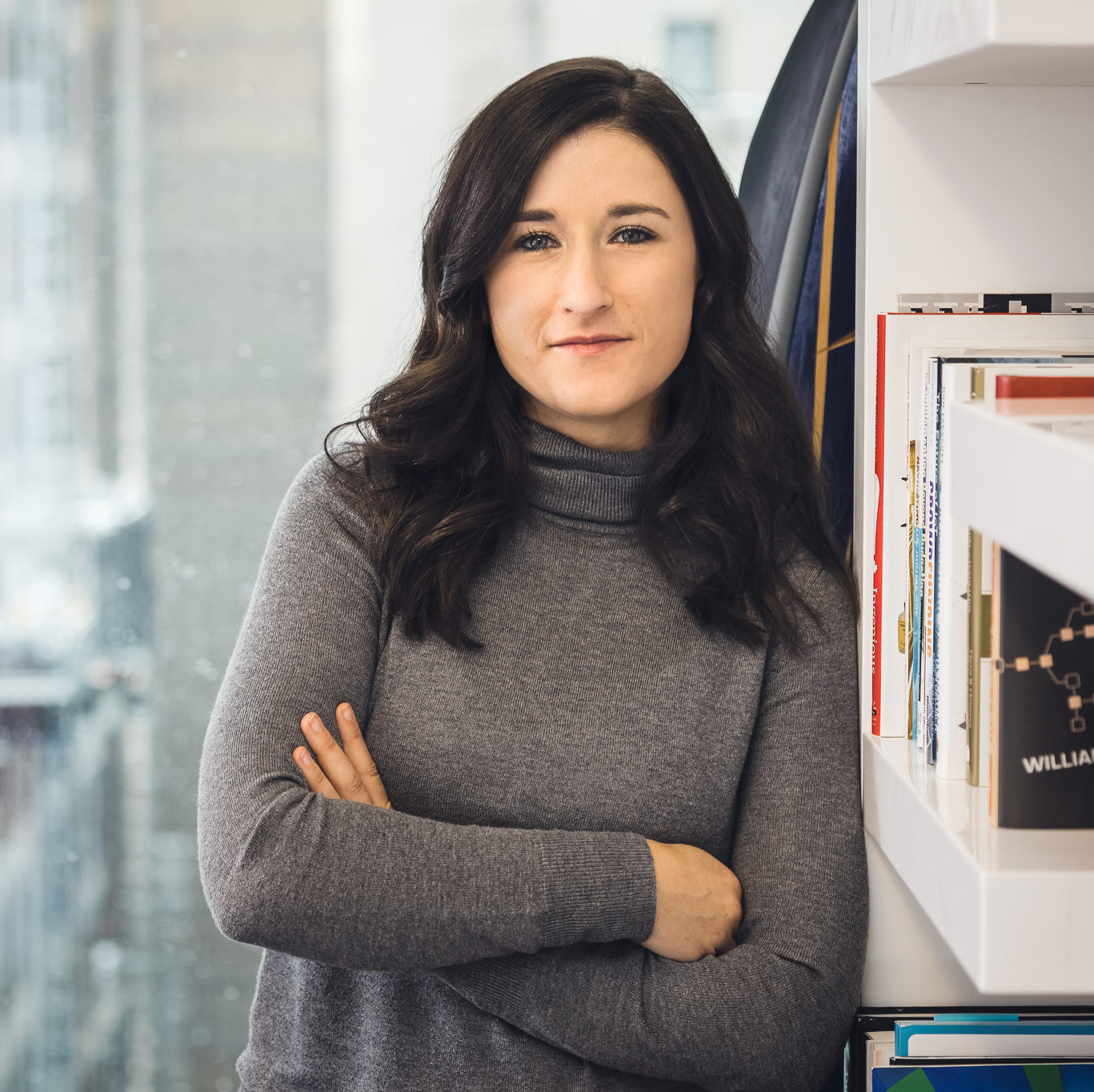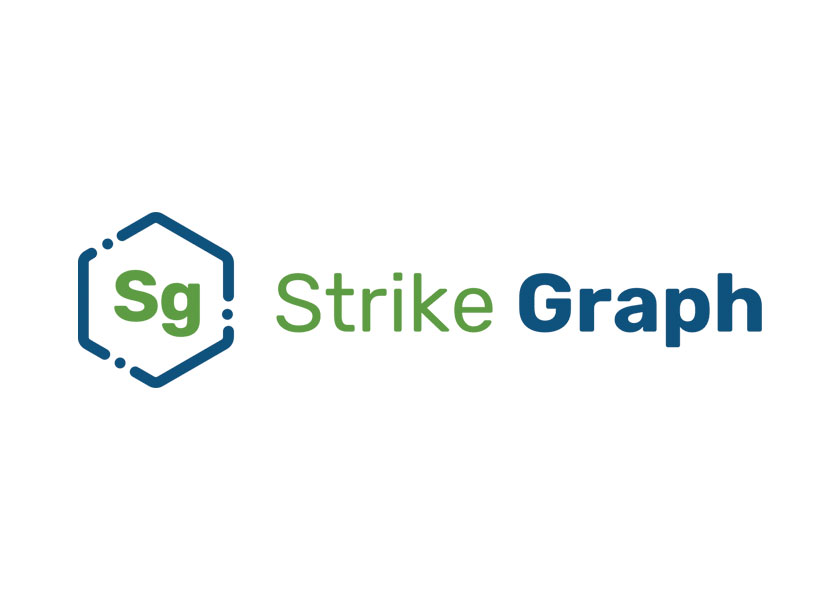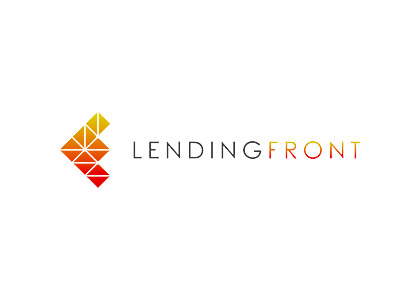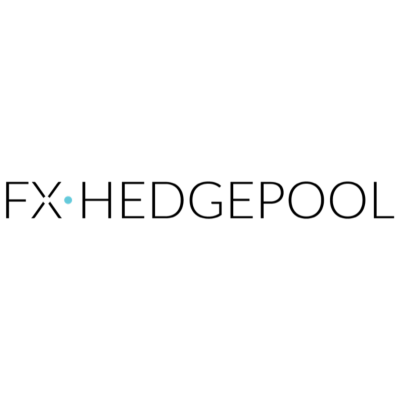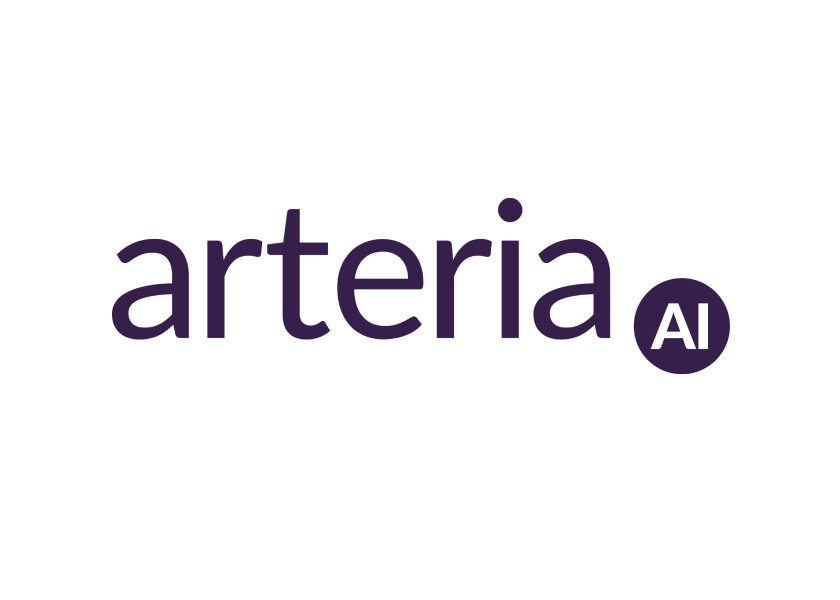The Lost Art of Venture Capital
This piece was originally included as part of our “For Your Information” triannual newsletter on September 6th, 2022. If you would like to receive this newsletter, please subscribe here.
The Cycle of Venture Capital
As anyone who has been in this industry for more than 10 years knows, venture capital is cyclical. And we are in a down cycle. It was inevitable, and as we previously wrote, long overdue. As with all industries that operate in a cyclical manner, what goes up, must at some point, come down.
However, venture capital’s cycles are quite different than the rest of the market. For commodity businesses governed by supply and demand, prices are driven by underlying economic activity: lack of supply drives prices up; oversupply drives prices down. VC is driven by the opposite tension: an oversupply of capital drives prices up. We attract some of the best and brightest minds to the industry, and yet, many funds seem to fall prey to a basic herd mentality.
We saw examples of this a lot in the last year: investing in copycat models; chasing deals that have momentum, not fundamentals; believing in the hyperbole spewed by overconfident and unproven entrepreneurs (and VCs that just had a great but lucky exit). The industry has especially felt susceptible to the great pull that is FOMO. Funds cut corners for hot deals that were a house of cards (think FTX), relying on the greater fool to mark-up their investment in these companies. And it can work. You just need to be lucky and smart enough to get out in time.
But then, when a discontinuity strikes, and the flaws in the system are exposed, the retrenching begins. We focus on our portfolios and triage each company (BTW – this is a good practice). But we also overcorrect.
The Science
Venture capital is both an art and a science. The science is what we forgot to do in the up cycle. There wasn’t nearly enough time spent conducting diligence and developing well-formed investment theses. Funds reacted (and often overpaid), with the hope that the winner(s) would support the portfolio.
Today, with the correction, we are all-in with science. Companies need to be perfect, check every performance box before we are willing to invest. The result is that very good companies are being overlooked, companies that in normal cycles would be highly attractive aren’t seeing interest from VCs. We have lost the art of venture capital.
The Art
The art of venture capital is simple. It is using today’s metrics to postulate a view on the future prospects for a company. It is applying common sense to understand the imperfections of a company, the risks that they entail and ensuring that the return is commensurate with the risk we are taking. As valuations decline, the more degrees of freedom exist to assess the opportunity. Smart investors recognize that better returns are to be had in these times by employing the best practices that we always should:
- Do foundational due diligence (science);
- Assess and support the team, but hold them accountable in due diligence as well as after (science);
- Pay a fair price, respective of the risk that is being underwritten (art);
- Believe, but understand that every company is imperfect and always will be (art); and
- Work hard and help (both).
Information VP has always tried to maintain a balance between the art and science of investing. We will remain focused on building great companies over many years through the different stages of a cycle. We have learned that this is hard work. But it is the art of venture capital.
– Rob, Dave, and the Information VP team

